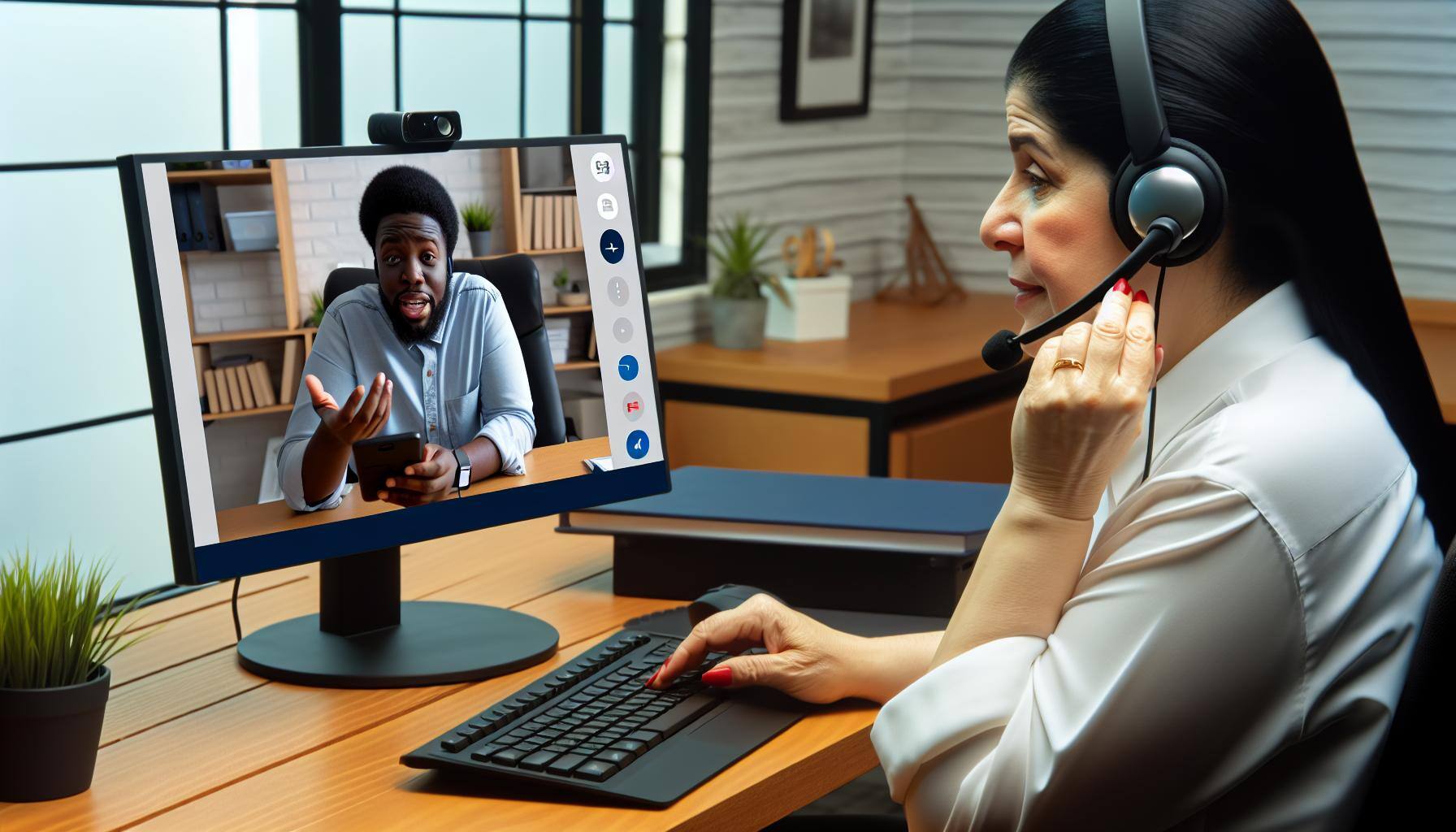Want to Reduce Truck Rolls? Rethink Your Call Center’s KPIs
The average truck roll costs $130. And as many call center managers will tell you, a lot of truck rolls just aren’t necessary.
If the customer better understood their equipment or the customer care agent could somehow show the customer what to do, a good portion of truck rolls – and potentially hundreds of thousands in unnecessary spend – could be avoided.
In most call centers, though, two major factors are preventing the kind of customer service interactions that eliminate the need for truck rolls: inadequate technology and misaligned KPIs. Let’s take a look at both.
Misaligned KPIs: When Team Success ≠ Company Success
These days, every department lives and dies by its metrics. And there’s a certain comfort to that: if the dashboard tells you you’re on track to hit the big-picture growth goals, you don’t have to worry too much.
The problem with that is that it’s possible to measure the wrong things, so that one team might hit all its numbers while the company as a whole still struggles. Obviously, that’s not ideal. In an ideal situation, success for a team – and even for an individual employee – always contributes to the success of the organization overall.
Put differently: a KPI is only truly a key performance indicator if it is a leading indicator of the company’s success. When that metric rises, so too does bottom-line revenue. If a KPI is rising, but revenue is not, it’s not truly a KPI.
One KPI that often manifests this problem in call centers is average handle time (AHT).
On the one hand, shorter calls and chats typically mean customers have to wait less time before talking to an agent and have shorter, more efficient interactions. On the other hand, agents who are incentivized to keep call times low may be more likely to pass off customer concerns rather than take additional time to resolve them completely.
For example, an agent working in the call center of an internet provider who’s rewarded for low AHT may be more likely to order a truck roll rather than take the time to explain to the customer how to restart their modem.
This, of course, means the agent – and possibly the entire call center team – performs well while the company sees higher-than-necessary truck roll expenses. The solution, of course, is to track agent performance and base rewards on KPIs that correlate with overall organizational success.
Time to Resolution: A KPI for the Whole Organization
While AHT is a valuable metric to track, it may not be the best one to use for evaluating customer care agent performance and rewards. A metric that better correlates to the whole organization’s success? Time to resolution.
When customer care agents are incentivized to resolve customers’ issues as quickly as possible, they’ll be more likely to spend the extra few minutes helping a customer self-serve rather than sending a field technician to address the issue or approving an equipment exchange.
Of course, to make faster overall resolution times possible and reduce truck rolls and equipment exchanges, call center managers have to empower their teams with the right tools. One such tool is video call software.
Empower Faster Resolutions with Video Call Software
Video call software can benefit customer care teams in many ways, including by making it easier to build empathy between the caller and the agent.
One benefit likely to have a more immediate and noticeable impact on an organization’s bottom line: video call software makes it possible for customers to show agents exactly what they’re seeing and for agents to provide customers with detailed instructions on how to self-serve.
Video call software can be particularly impactful in improving the following customer groups’ ability to self-serve:
- Those who aren’t tech-savvy
- Those who aren’t familiar with the particular equipment or device they’re calling about and so can’t describe it well
- Those who aren’t native speakers of the agent’s primary language
These improvements can have significant benefits to the organization as a whole: faster issue resolution will correspond with happier customers. Agents who are able to resolve more issues on their own will feel more empowered and thus more engaged. And fewer truck rolls and equipment exchanges mean lower customer care costs overall.
Let Blitzz Help Your Organization Reduce Truck Rolls
Video call software can transform your customer care team’s performance and its overall financial contribution to the organization. But it’s important to choose software designed for this type of work. Of paramount importance is that the software you use should not require customers to download or log in to an app.
Blitzz delivers. In addition to allowing agents to virtually “point” to objects that need attention, Blitzz video calls are activated when a customer clicks a link texted to them – no downloading or logging in required.
Interested in seeing how Blitzz video calls could transform your customer care team’s performance? Set up a demo today.




